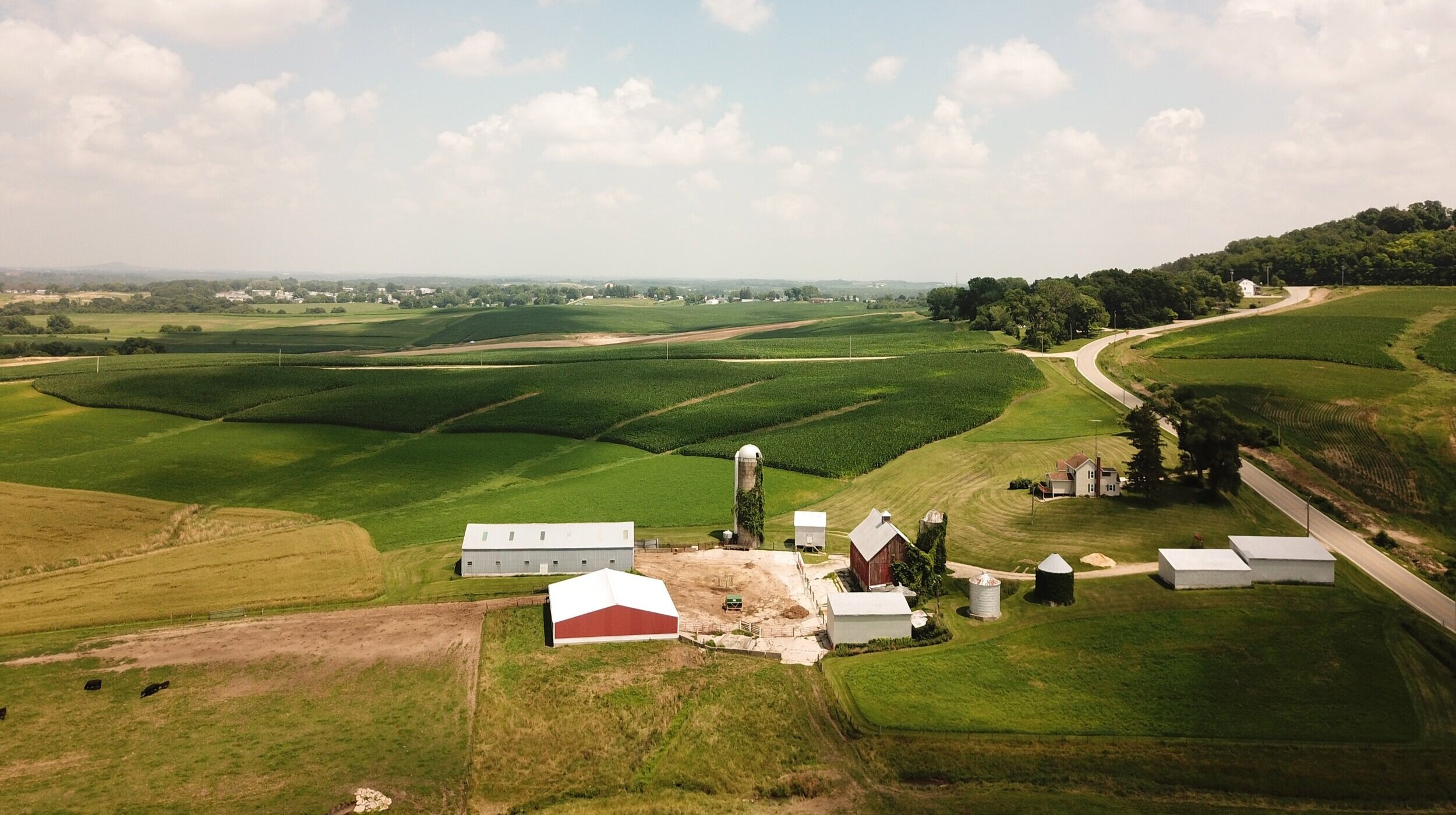Public housing is a critical part of the Green New Deal. With an ambitious and equitable approach, public housing can be leveraged to reduce emissions, create good jobs and alleviate inequality.
At present, however, the United States’ stock of permanently affordable publicly owned homes is a site of government neglect, environmental hazard and segregation. The New York City Housing Authority (NYCHA), the nation’s largest public housing authority, is in grave physical, financial and political disrepair and faces a repair backlog of $31.8 billion. Though New York City is large, it is not unique. Public and tribal housing authorities across the country face similar challenges. But if we take on these systemic problems, we have a generational opportunity to strengthen public housing communities while creating jobs and growing the high-skilled green technology economy of the 21st century.
Data for Progress research shows that a ten-year mobilization of up to $172 billion would retrofit over 1 million public housing units, vastly improving the living conditions of nearly 2 million residents, and creating over 240,000 jobs per year across the United States. These green retrofits would cut 5.6 million tons of annual carbon emissions—the equivalent of taking 1.2 million cars off the road. Retrofits and jobs would benefit communities on the frontlines of climate change, poverty and pollution and the country as a whole. Our analysis shows the legislation would create 32,552 jobs per year in New York City alone.
A large portion of the jobs nationally—up to 87,000 a year—will be high-quality construction jobs on site at public housing developments. The bill will actually create more on-site construction jobs in Republican states than in Democratic ones. Our research finds that a Green New Deal for public housing would create on-site 46,000 jobs per year in states that voted for Trump in 2016, and 29,000 in states that voted for Clinton. Up to another 12,000 on-site jobs per year will be created in territories without national voting rights (Puerto Rico in particular). And in red congressional districts, federal investments would provide approximately 12,000 jobs for public housing residents. For more details on where new jobs would be created nationally, view our national report. For more details on where jobs would be created in New York City specifically, see the NYCHA report.
This investment would also reduce public housing water bills by up to 30% per year, or $97 million, and reduce public housing energy bills by up to 70% per year, or $613 million.
In addition to our policy research, Data for Progress fielded surveys in September and November, exposing respondents to Democratic and Republican messages to understand how voters might view the legislation. We found the Green New Deal for Public Housing has net positive support, 46 percent to 35 percent.
Summary of National Benefits
Invest $119 to $172 billion in green retrofits that include all needed capital repairs, vastly improved health, safety and comfort, and eliminate carbon emissions. This would hugely improve the living conditions of nearly 2 million people, living in roughly 1 million units.
Create up to 240,723 jobs per year nationally across multiple sectors, thanks to the injection of billions of dollars into the 21st century green retrofit economy.
Reduce annual carbon emissions by roughly 5.6 million metric tons annually compared to recent years, the equivalent of taking over 1.2 million cars off the road. We achieve this through electrification, increased energy efficiency, renewable energy purchase and solar panel installation, and removal of fossil fuels from building systems.
Reduce public housing water bills by up to 30% per year, or $97 million.
Reduce public housing energy bills by up to 70% per year, or $613 million dollars.





